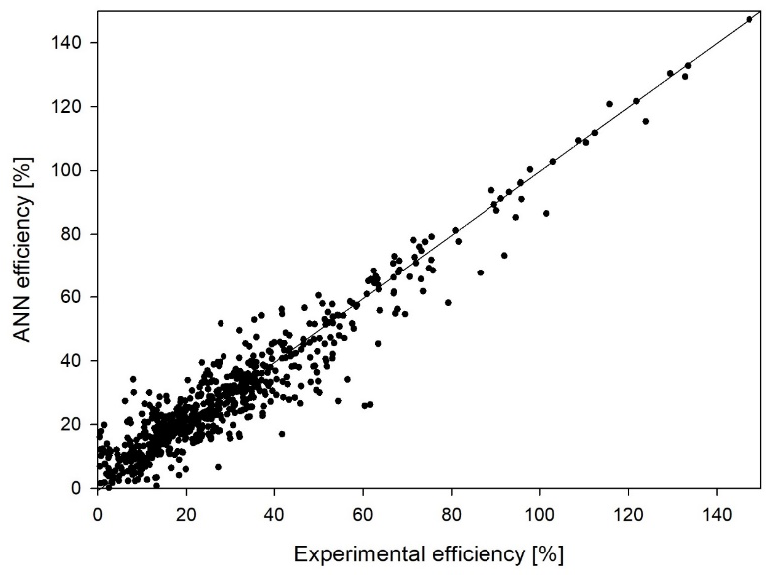 |
|
The variance analysis and Artificial Neural Networks were employed to characterize the thermal efficiency in an Air Solar Heater (ASH), evaluating the effects of the design variables: the depth, material and thickness of the absorber plate and inlet airflow. Using Artificial Neural Networks, it was possible to correlate and estimate the effects of uncontrolled environmental variables on thermal efficiency. Incident solar radiation is the environmental factor with the greatest relevant effect on the thermal efficiency of ASH; due to the inability of the absorber plate to receive, store and transfer the abundant solar energy to the air. The most relevant variables in the design were the material and the thickness of absorbed plate, nevertheless, these variables have opposite behaviors on thermal efficiency under conditions of high and low solar incidence. Under this proposed methodology, it was possible to evaluate and know the effect of the design variables studied, even with the high effect of the prevailing environmental conditions.
Keywords: Solar collector, thermic efficiency, Artificial Neural Network, design parameters.
|
|
 |

